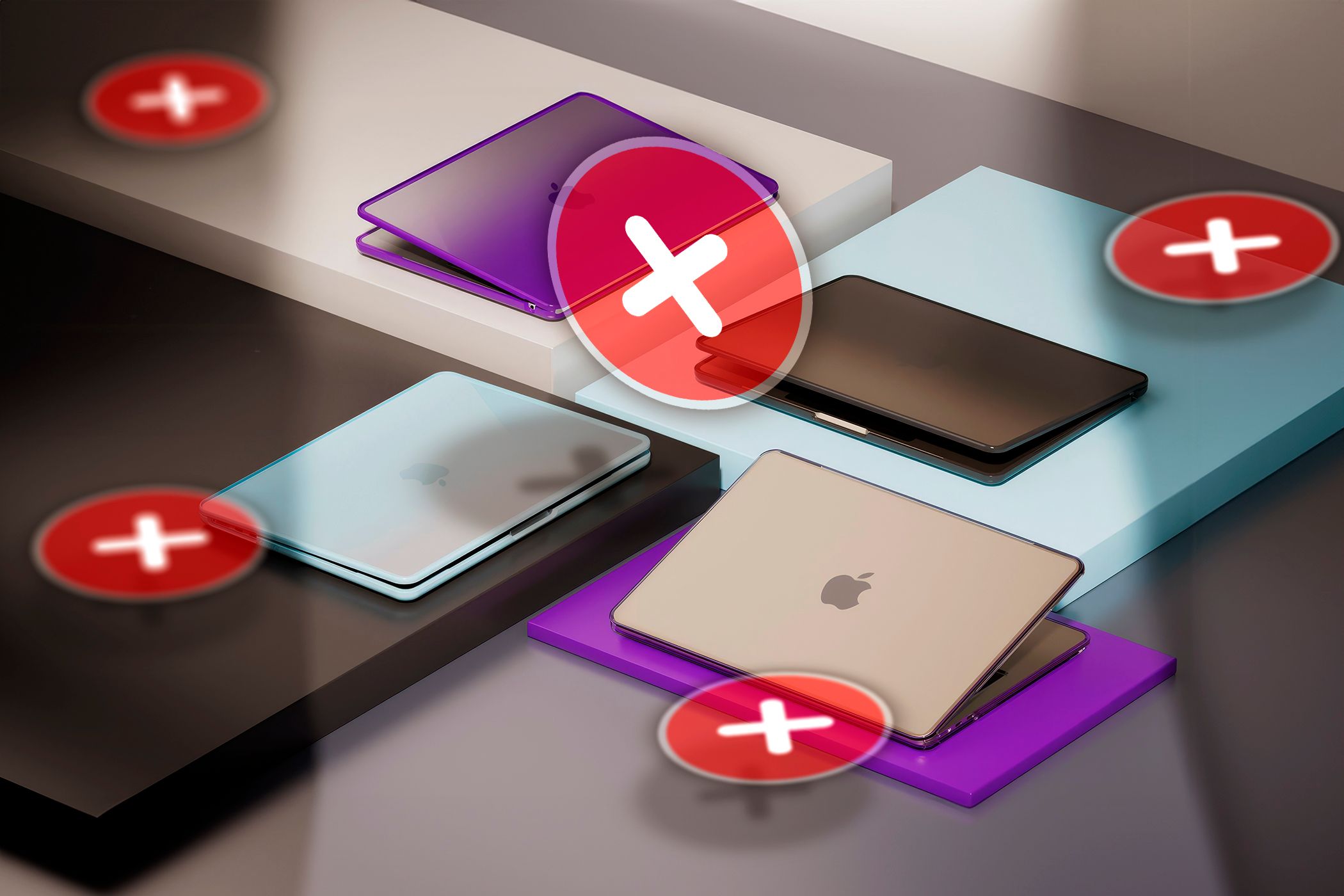It only took one design flaw for me to swear off a product I’d never even touched. Apple’s butterfly keyboard was so notoriously bad that I didn’t need to spend a single minute typing on it to know the MacBook wasn’t for me. Some disasters are better appreciated from a safe distance.
The Butterfly Keyboard—a Thin Idea Taken Too Far
In 2015, Apple decided the traditional scissor-switch keyboard—the kind widely found on most laptops at the time and even today—was due for an “upgrade.” The company unveiled the butterfly mechanism, named for the shape of its hinge, claiming it was revolutionary.
Apple’s pitch was clear: the butterfly design allowed for thinner laptops, a lower profile, and a supposedly more stable key press. The travel (the distance a key moves when pressed) was significantly shorter than before, creating what Apple called a “more precise” typing feel. On paper, it sounded like a sleek, modern evolution of the keyboard.
But keyboards aren’t meant to be “thin innovations.” They’re meant to be reliable tools. And in chasing the holy grail of thinness, Apple made something fundamentally worse. The butterfly keyboard became the perfect example of design over function, where a visual aesthetic was prioritized over the very thing that makes a laptop usable.
For anyone who types for a living, the keyboard isn’t just another component but the heart of the machine. If that heart skips a beat every time a crumb drifts under a key, the whole machine’s value collapses.
Watching the Train Wreck From the Sidelines
You know a product is in trouble when its problems become part of tech folklore. I remember the early years of the butterfly keyboard rollout; headlines about stuck keys, tech YouTubers running whole experiments on how dust could cripple the thing, and angry forum threads with thousands of replies.
The design’s biggest flaw was that it was incredibly sensitive to debris. A single crumb or speck of dust under a key could cause it to stop working or register double presses. For a “pro” laptop costing upwards of $1,500, that’s absurd. Imagine needing to keep your work machine in a hermetically sealed bag just to keep typing without glitches.
Like I mentioned earlier, the internet quickly became a graveyard of butterfly keyboard complaints. Writers lamented how their E key was permanently stuck, coders fumed about backspace not working, and students feared taking notes in a lecture in case their spacebar gave out halfway through. Apple support forums turned into digital confessionals for frustrated MacBook owners.
At some point, it stopped being a handful of unlucky customers and became a widespread design flaw everyone knew about. And that’s the part that got me. I wasn’t a MacBook owner, but the sheer consistency of these stories told me everything I needed to know. Buying one would have felt like investing in a lottery ticket where most of the prizes were keys that didn’t work.
Apple’s Slow and Painful Climb-Down
Apple’s initial response to the backlash was telling. The company never outright admitted the butterfly keyboard was flawed; instead, it offered minor revisions over multiple MacBook generations. In 2016 and 2017, they tweaked the design slightly, claiming improvements to durability. In 2018, they added a silicone membrane under the keys, officially to reduce noise, but widely believed to be a way to block debris.
These changes didn’t fix the underlying problem. The keys still failed, were still stuck, and caused double typing. The lawsuits piled up, with class actions alleging Apple knowingly sold defective keyboards.
Eventually, Apple launched its Keyboard Service Program, offering free repairs for affected models. It was an expensive public mea culpa without the words “we messed up.” For users, that meant potentially multiple trips to Apple just to replace a single faulty key or the entire keyboard assembly while being without their primary machine.
By late 2019, the butterfly experiment quietly ended. The 16-inch MacBook Pro debuted with the return of the scissor-switch mechanism, rebranded as the “Magic Keyboard.” It was a tacit admission that the butterfly keyboard had been a costly mistake. By 2020, every MacBook in the lineup had abandoned it entirely.
That Is Why I Still Haven’t Ventured into MacBooks
When you’re dropping a couple of thousand dollars on a laptop, you’re not just buying specs and build quality. You’re buying trust and the confidence that the company selling you the device won’t make you choose between form and function. Once that trust is dented, it’s not easily restored.
So even though today’s MacBooks have perfectly fine keyboards again, my interest is gone. I’ve since found plenty of Windows laptops with comfortable, dependable keyboards that cost less and don’t carry the baggage of a design debacle. Apple might have moved on, but I haven’t.
Sometimes it doesn’t take owning a product to know you don’t want it. All it took for me was seeing the fallout from one bad design decision—a keyboard that made the wrong kind of history.







